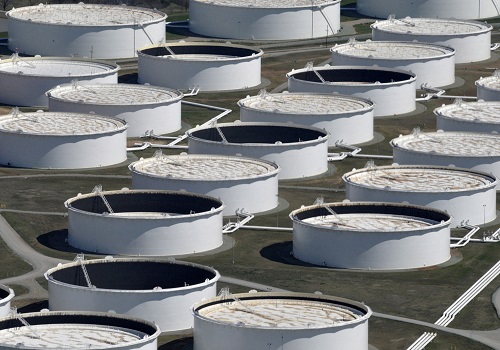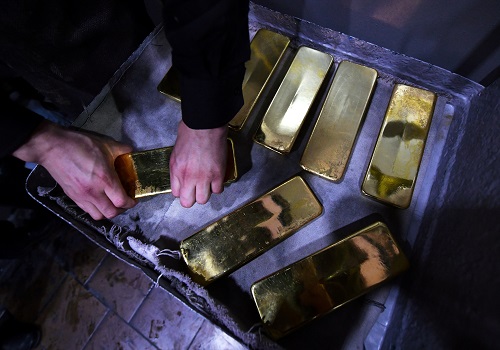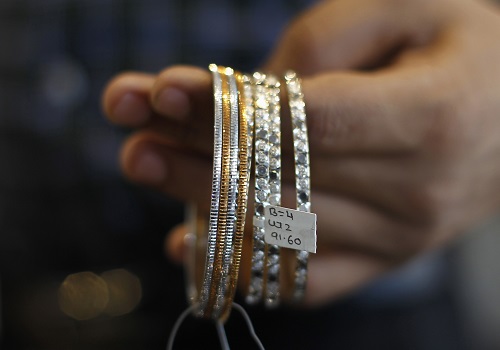Quote on Monetary policy by Mr. Dhananjay Sinha , JM Financial Institutional Securities Ltd
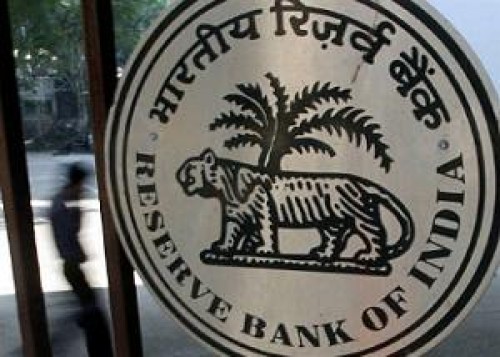
Follow us Now on Telegram ! Get daily 10 - 12 important updates on Business, Finance and Investment. Join our Telegram Channel
https://t.me/InvestmentGuruIndiacom
Download Telegram App before Joining the Channel
Below is quote on Monetary policy by Mr. Dhananjay Sinha , Managing Director & Chief – Strategist, JM Financial Institutional Securities Ltd
RBI’s hints at measured normalization
RBI seems to be mimicking US Fed’s strategy of conditioning markets for an eventual normalization even as it draws an insular approach, contrasting the rising evidence of normalization across major central banks. We think such a distinction will be transient and expect RBI to adopt a more overt articulation after US Fed embarks upon QE taper in Nov’21. Expecting core inflation to gain momentum, we see a reasonable chance of RBI also hiking rates in 2022.
RBI has maintained the status quo on key policy rates (Repo rate at 4% and reverse repo rate at 3.35%) and its accommodative stance. But there are some calibrations that foretell the onset of incremental policy normalization.
Key points that embody these changes are a) the decision not to announce further purchase of Gsec under RBI’s G-SAP. If indeed this marks an end of G-SAP purchases, then India’s version of quantitative easing may have ended.And b) the RBI also announced larger 14-day variable reverse repo fortnightly auctions starting from today, rising from INR4tn to INR 6tn in the first week of Dec. This would imply a lower proportion of overnight liquidity from the current 45-50% of surplus liquidity under RBI’s LAF window. The 14-day repo can also be complemented by 28-day auctions.
RBI has been careful in mentioning that the above changes do not mean a change in policy stance. However, given that it has been stated in the context of fading Covid-19 shock, and near-consensus view favoring normalization, it will be fair to assume that RBI has adopted gradual normalization.Excess liquidity in the form of reverse repo balance (including overnight at 3.35% and 14-day variable reverse repos at 3.6%) currently stands at INR 9tn or 6% of bank deposits and potential liquidity overhang is INR 13tn or 8.3% of bank deposits. These levels are several times higher than the desirable level of 0.5% in normal conditions.We believe that the deluge of surplus liquidity has been creating distortions in the interest rate vector and asset price valuations. By keeping money market rates very low it is also cannibalizing credit growth in the Indian banking system. The current liquidity surplus goes far beyond what may be needed in the context of the prevailing sub-potential demand situation in India.
RBI’s has also made a distinction between the trends of policy normalization in several countries (notably in advanced economies) that are facing high inflation and better than pre-COVID demand conditions, and those that are steadfast on accommodative stance in response to the weaker economic situations. India appears to have been characterized in the second category, given that 1QFY22 real GDP was 9.2% below the pre-COVID level and headline inflation projection for FY22 has been scaled down to 5.3% in response to softening food inflation.Thus, India’s gradual normalization plan is pivoted on the prevailing negative output gap and marginal risk of an inflation overshoot. India's real GDP growth projection for FY22 is maintained at 9.5% with an exit rate of 6.1%. The exit rate of headline CPI inflation is projected at 5.8%.
In our view, RBI’s ability to sustain an insular monetary policy path can get diluted going forward as the US Fed embarks upon a 6 month QE tapering beginning Nov’21 and the eventual rate lift-off in 2022. Strong dollar and improvement in domestic credit demand should narrow excess liquidity, thereby strengthening the articulation towards policy normalization by RBI as well. RBI will also need to contend with prospects of higher core inflation. Currently, RBI’s comfort on headline inflation emanates from easing food inflation, which is a fair outcome given abundant domestic food supplies and declining global food prices from the recent peaks. But the pipeline impact of high WPI inflation and narrowing of the demand gap should push up core inflation going forward. Even during depressed times, core inflation averaged at 5.3% in 1Q-3QFY21. It moved higher at 6% in 2021 YTD (Jan-Aug’21) when pricing power in the manufacturing sector was still weak. As demand conditions improve the pipeline inflation will start shoring up core inflation above 6.5% in our view. Thus there is a distinct possibility of policy normalizations in 2022, lower excess liquidity, and rate hikes, in our view.
Above views are of the author and not of the website kindly read disclaimer
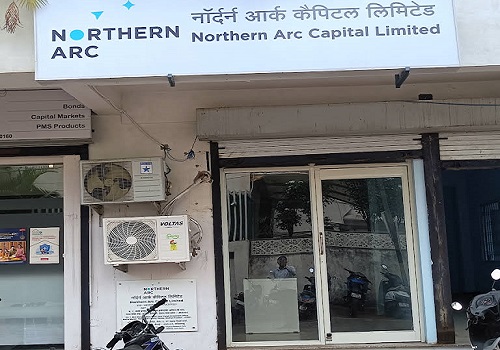

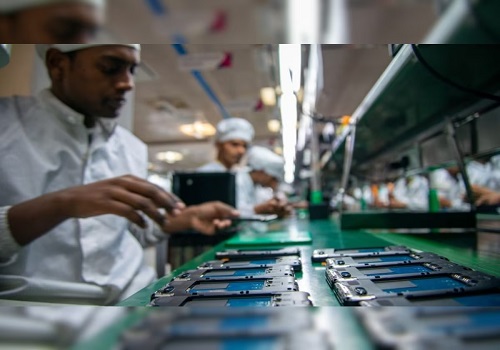
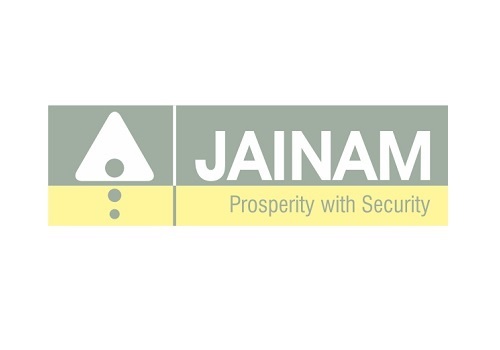



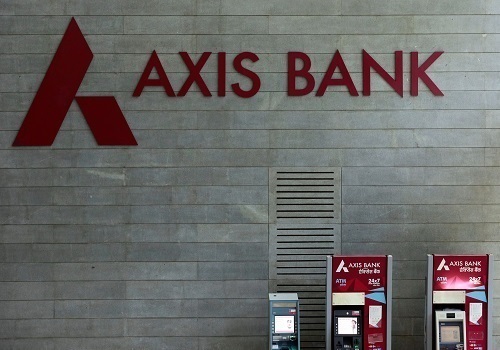

Tag News

Monthly Debt Market Update, September 2023: CareEdge Ratings





